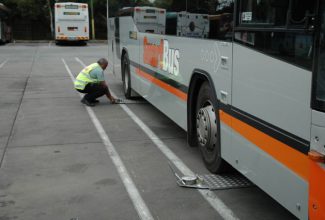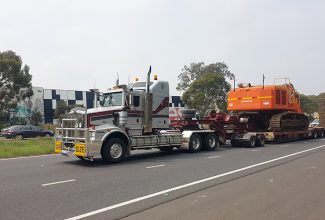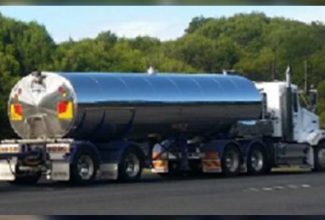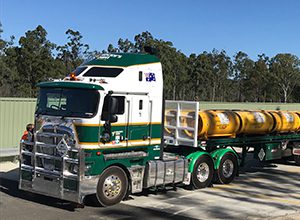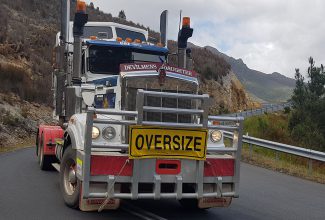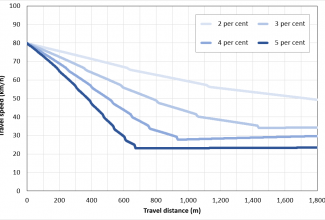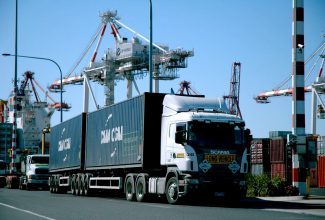Investigating the road and safety impacts of agricultural vehicles in Victoria
The local agricultural fleet is constantly evolving, driven by economic forces and developments in technology. The mass, dimensions, and capacities of equipment gradually increase over time, and road owners must ensure that their policies remain relevant. Throughout 2015, VicRoads engaged Advantia to undertake research and provide technical advice on their agricultural vehicle policies. Project summary by Adam Ritzinger.
In mid-2015 VicRoads engaged Advantia to conduct a targeted survey of the local agricultural industry in order to identify instances where equipment operated in Victoria fell outside policy limits. VicRoads provided Advantia with a list of eight companies, ranging from large importers that supply a range of machines and implements, to small manufacturers of niche equipment.
Advantia contacted each of the companies on the list, explained the purpose of the study, the nature of the information that was sought, and organised a time to visit and inspect physical equipment present on-site.

Advantia found discrepancies between the mass and dimensions of some equipment within the fleet and VicRoads’ policies. These discrepancies included some tractors and field tillers/seeders, and a range of load-carrying equipment if operated on public roads when laden, which could exceed current mass limits. Some trailers and combinations of equipment could variously exceed length, width, height and rear overhang limits.
VicRoads subsequently engaged Advantia to conduct follow-up studies on the road and safety impacts, which quantified bridge and pavement loading, swept path requirements, rollover thresholds, and braking performance.
Advantia identified that some of the agricultural vehicles and combinations could cause greater bridge loading effects than mobile cranes and oversize-overmass low-loaders, because of their relatively high single axle loads. The swept path assessment identified that some combinations of tractor and grain auger could have swept path requirements similar to road trains, and their high level of tail swing means that they could present a considerable challenge to operate safely.

Rollover threshold was assessed using the Static Rollover Threshold (SRT) measure. The results achieved by the vehicles are all relatively high when compared against typical heavy vehicles, which typically range from 0.3 g to 0.6 g. Hence, the assessed agricultural vehicles do not present an increased level of rollover risk when compared against typical heavy vehicle combinations.
To address concerns regarding braking performance, Advantia conducted a series of field tests to measure the stopping distance of a range of combinations with towed-to-towing vehicle mass ratios between 1:0.5 and 1:1.65. The tests were supported by local equipment distributors who supplied the vehicles, implements and operators.

Eight individual combinations were tested in the field over a period of several days. Advantia used its custom-designed field test equipment to conduct the study. It was found that stopping distances from 35 km/h achieved by agricultural vehicles with mass ratios between 1:0.50 and 1:1.2 were roughly consistent with the requirements set out by the Australian Vehicle Standards Rules (AVSR) and the Heavy Vehicle National Regulation (Vehicle Standards). Agricultural vehicles with mass ratios higher than 1:1.2 were not able to achieve those requirements.
VicRoads subsequently used Advantia’s findings to guide their agricultural vehicle policy updates. These studies, and Advantia’s wealth of heavy vehicle expertise, led to the award of Austroads research project FS2033: Future Challenges of Changing Agricultural Equipment. Project summary available here.
Please contact Advantia for more information.

